
Classification of Gymnosperms by Chamberlain (1934)
There are many systems for the classification of Gymnosperms in the literature. Robert Brown (1827) for the first time recognized Gymnosperms as a separate group […]

There are many systems for the classification of Gymnosperms in the literature. Robert Brown (1827) for the first time recognized Gymnosperms as a separate group […]
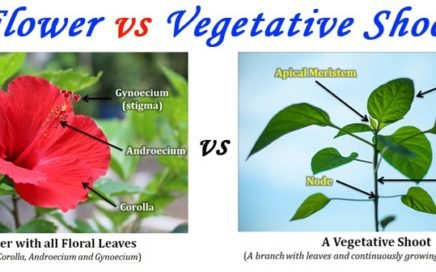
Flower vs Vegetative Branch The flower is the reproductive structure formed in the plant group Angiosperms or Magnoliophyta, commonly called as the ‘Flowering Plants’. The […]

Heterospory is the production of two or more types of spores. It is a condition of the production of more than one types (usually two) of […]
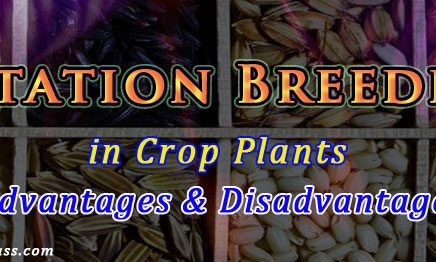
Mutation breeding is a type of plant breeding technique that involves exposing plants to radiation or chemicals in order to induce mutations in their genetic […]
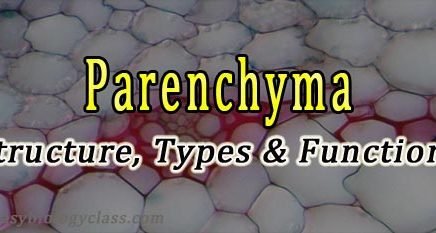
The tissue (a group of cells with particular function) composed of single type of cells. Three types of simple tissue system in plants, namely (1). Parenchyma, […]
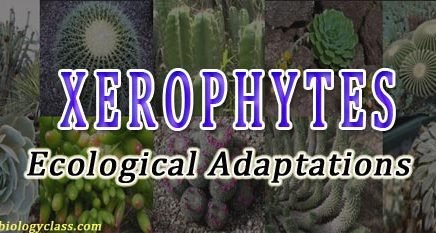
What are xerophytes? Ø Xerophytes (xerophytic plants) are plants growing in dry habitats (xeric conditions) where the availability of water is very less. Xeric habitat […]

What is adaptation? “Any feature of an organism which enables it to exist under conditions of its habitat is called adaptation”. Adaptations are for withstanding […]
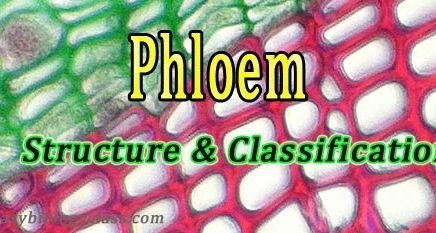
Phloem is a complex tissue system in plants. It is the food conducting tissue of vascular plants. Together with xylem, they form the vascular tissue […]
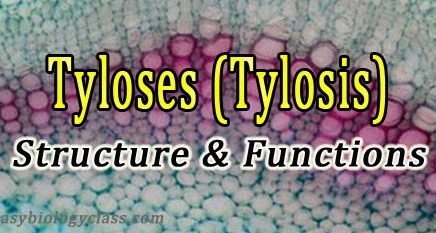
What are Tyloses? Tyloses (singular – tylosis) are the balloon like outgrowth of parenchymatous cells to the lumen of tracheids or vessels of the secondary […]